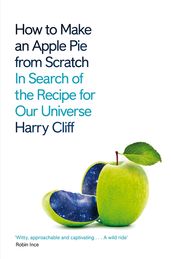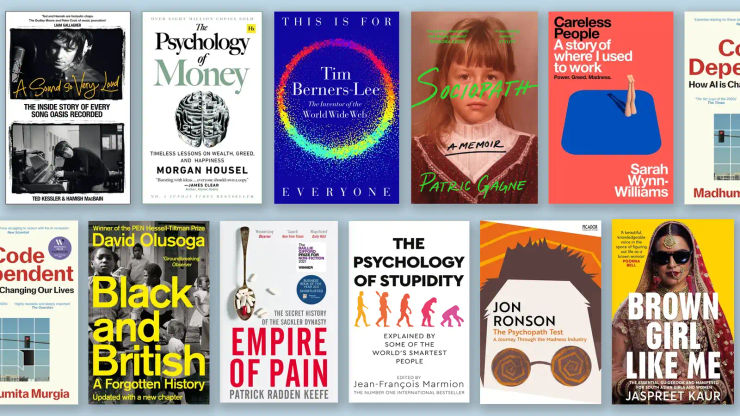Synopsis
'A cracking tale of particle physics and cosmology . . . Space Oddities is a rare joy' – New Scientist
'Engaging' – The Wall Street Journal
Newly observed anomalies could transform our understanding of the fundamentals of physics – and of the nature of reality. In this eye-opening account, CERN experimental physicist Harry Cliff takes the reader on a tour of a new universe . . .
Something strange is going on in the cosmos. Scientists are uncovering a catalogue of weird phenomena that simply can’t be explained by our long-established theories of the universe. Particles with unbelievable energies are bursting from beneath the Antarctic ice. Unknown forces seem to be tugging on the basic building blocks of matter. Stars are flying away from us far faster than anyone can explain.
In Space Oddities, Harry Cliff provides a riveting look at the universe’s most confounding puzzles. In a journey that spans continents, he meets the scientists hunting for answers, and asks: Are these anomalies mere accidents of measurement, or could they be pointing us toward vast, hidden worlds?
With wonder, clarity, and a dose of humour, Cliff leads us on a a mind-expanding investigation of physics and cosmology as they transform before us.
'As fascinating as its title suggests . . . Cliff recounts with vivid clarity the stories of some of the most striking oddnesses that have lit up the landscape of modern physics.' – Philip Pullman
Details
Reviews
A cracking tale of particle physics and cosmology . . . Space Oddities is a rare joy – enlightening, thrilling and inspiring
Cliff is an engaging writer, with a keen ear for the fun metaphor and an observant eye when describing the scientific milieu in which he operates. His book provides the reader with a firsthand look at the challenges he and his colleagues face
Communicates the excitement of doing science and weaves in lots of interesting physics
Cliff's engaging and personable writing style, along with his infectious enthusiasm, follows in the best traditions of Feynman and Sagan



